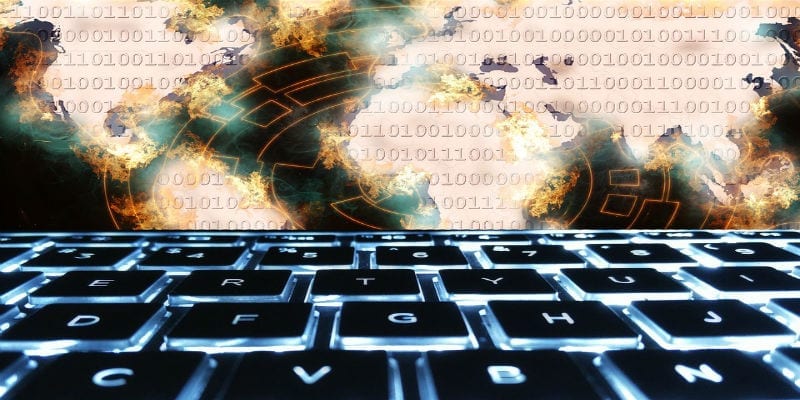Why You Need Detection and Response Embedded in Your SIEM


Why do you need detection and response embedded in your SIEM solution? What can it offer your business and its security overall?
Classically, SIEM focuses on log management. Everything in your network, from servers to applications to databases, generates security event logs from their everyday interactions. This data, if left siloed, can deny your IT security team the necessary visibility to securing your IT environment. SIEM aggregates the log information, normalizes it for clear analysis, and then creates alerts for your IT security team to utilize in its investigations.
Alongside threat intelligence feeds and compliance capabilities, companies look to SIEM for log management. However, is this what companies should be looking to their SIEM solutions for? Should they instead prioritize detection and response? And if so, why?
Widget not in any sidebars
Detection and Response Embedded in SIEM
Why Detection and Response Matters
Dwell time isn’t often discussed in the lay conversations around cybersecurity, but it remains one of the most persistent digital challenges. It refers to the time a hacker stays in the IT environment prior to any remediation efforts. Obviously, the longer a hacker lingers undetected, the more damage they cause. You can think of it almost like a modifier; a cyber-attack lasting a week is orders of magnitude worse than the same attack only lasting a few hours.
Unfortunately, dwell times on average last for months at a time – a serious concern. Additionally, most efforts at purely preventative cybersecurity fail to deflect one hundred percent of all attacks; eventually, a hacker with enough resources, patience, and experience can breakthrough. Think of it like glass – glass is actually much harder to break than is readily apparent, but once it breaks, it shatters.
Detection and response work to change your cybersecurity from glass to rubber, to continue the metaphor. Rubber may not be hard, but it tends to bounce back from physical strikes and is much harder to actively penetrate as a result. In other words, it makes your enterprise resilient. It does this by finding threats and helping your enterprise to actively respond to them in a timely manner.
Why SIEM Offers an Ideal Platform for Detection and Response
SIEM in its legacy form provides IT security teams with alerts. These direct IT security teams on where to conduct their investigations, with capabilities like contextualization to help eliminate false positives. Yet that only gives your IT security team a starting location in which to investigate; in this model, it doesn’t participate in the response process at all, and only begins the detection process.
With detection and response embedded in your SIEM, you can help automate the process of remediation; the solution can halt suspicious processes while your team investigates, track the progress of a malware attack to discover the responsible vulnerabilities, and prevent lateral movements.
In other words, just like your IT security team must remain proactive, so should your cybersecurity solution. If you don’t feel that yours measures up to the task, perhaps it is time for a replacement? Check out the SIEM Buyer’s Guide to find out more about next-generation options.
Widget not in any sidebars



















